Piero Manzoni was an Italian artist who was active in the late 1950s and early 1960s. His short but intense career, filled with conceptual works that hung in the balance between irony and innovation, gave rise to one of the most revolutionary artistic movements of the post-war Italian and international art community.
Piero Manzoni was born on July 13th, 1933 in Soncino, in the province of Cremona. Raised in an aristocratic Catholic family, he grew up in the city of Milan. In 1955 he abandoned his studies to completely devote himself to art.
Shortly after signing the Manifesto “Contro lo stile" according to the Nuclear Art Movement, he made the first piece in his art series, called “Achromes", which he would work on for his entire life. It featured white canvases soaked in glue, chalk or kaolin and sometimes enriched with elements such as simple michette bread or cotton. His work began focusing more and more on the nature of allusion over the importance of the art object: lines drawn on paper strips which were then rolled up and sealed in a tube; ballons exposed as sculptures or ballons inflated by the artist himself. These works were submitted as sculptures. In Manzoni’s view, the idea itself is the work or art.
Along with artist Enrico Castellani, he founded the magazine "Azimuth" and its eponymous art gallery. Here the public were invited to consume boiled eggs marked with the artist’s thumb print. Beginning in January of 1961, Manzoni would sign human bodies that would then become living sculptures complete with a certificate of authenticity. A signature or a plaque could then transform, as if by magic, a human being into a work of art.
Manzoni’s best-known work was “Merda d’artista”, in which the artist’s excrement was sealed in 90 numbered boxes and sold for their weight in gold, as if the boxes contained a holy relic. In this manner, the artist’s stool sample was a reflection on the self as a work of art.
On February 6th, 1963, Manzoni died of a sudden heart attack in his Milan studio. He was only 29. Despite his brief career, Manzoni’s artistic legacy has been elevated to mythic status.
Piero Manzoni was born on July 13th, 1933 in Soncino, in the province of Cremona. Raised in an aristocratic Catholic family, he grew up in the city of Milan. In 1955 he abandoned his studies to completely devote himself to art.
Shortly after signing the Manifesto “Contro lo stile" according to the Nuclear Art Movement, he made the first piece in his art series, called “Achromes", which he would work on for his entire life. It featured white canvases soaked in glue, chalk or kaolin and sometimes enriched with elements such as simple michette bread or cotton. His work began focusing more and more on the nature of allusion over the importance of the art object: lines drawn on paper strips which were then rolled up and sealed in a tube; ballons exposed as sculptures or ballons inflated by the artist himself. These works were submitted as sculptures. In Manzoni’s view, the idea itself is the work or art.
Along with artist Enrico Castellani, he founded the magazine "Azimuth" and its eponymous art gallery. Here the public were invited to consume boiled eggs marked with the artist’s thumb print. Beginning in January of 1961, Manzoni would sign human bodies that would then become living sculptures complete with a certificate of authenticity. A signature or a plaque could then transform, as if by magic, a human being into a work of art.
Manzoni’s best-known work was “Merda d’artista”, in which the artist’s excrement was sealed in 90 numbered boxes and sold for their weight in gold, as if the boxes contained a holy relic. In this manner, the artist’s stool sample was a reflection on the self as a work of art.
On February 6th, 1963, Manzoni died of a sudden heart attack in his Milan studio. He was only 29. Despite his brief career, Manzoni’s artistic legacy has been elevated to mythic status.
Fonti
F. Gualdoni, R. Pasqualino di Marineo, Piero Manzoni 1933-1963, catalogo della mostra, Milano, Palazzo Reale, 26 marzo – 2 giugno 2014 (Milano: Skira, 2014) G. L. Marcone (a cura di), Piero Manzoni. Scritti sull’arte (Milano: Abscondita, 2013) G. Celant,
RELATED
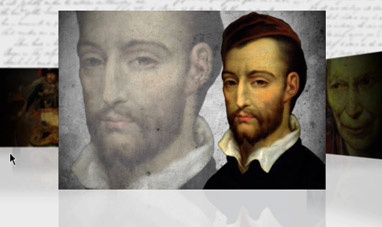

THÉODORE GÉRICAULT


JOHN WAYNE


THE THREE GRACES


CLAUDE DEBUSSY
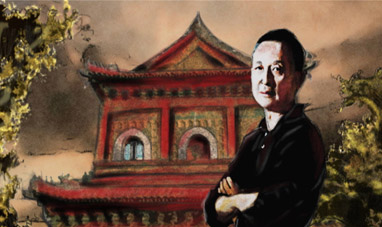

GAO XINGJIAN


ADOLF LOOS
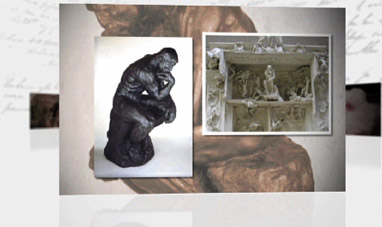

AUGUSTE RODIN


RITA HAYWORTH


JOEL AND ETHAN COEN
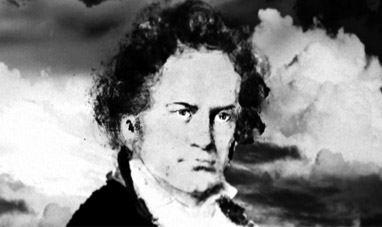

LUDWIG VAN BEETHOVEN
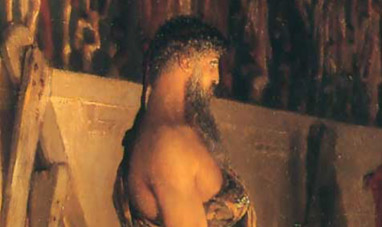

PHIDIAS
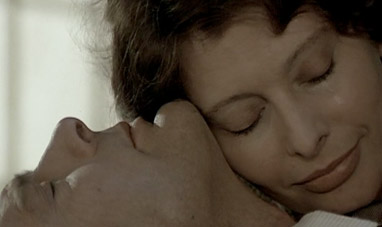

SOPHIA LOREN
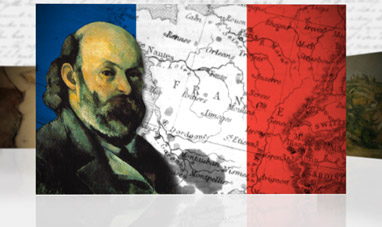

PAUL CÉZANNE
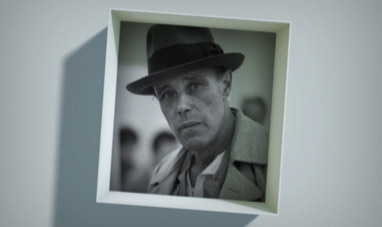

JOSEPH BEUYS


GRACE KELLY


EMILY DICKINSON
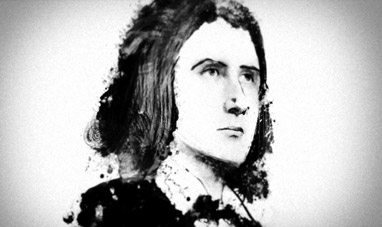

FRANZ LISZT
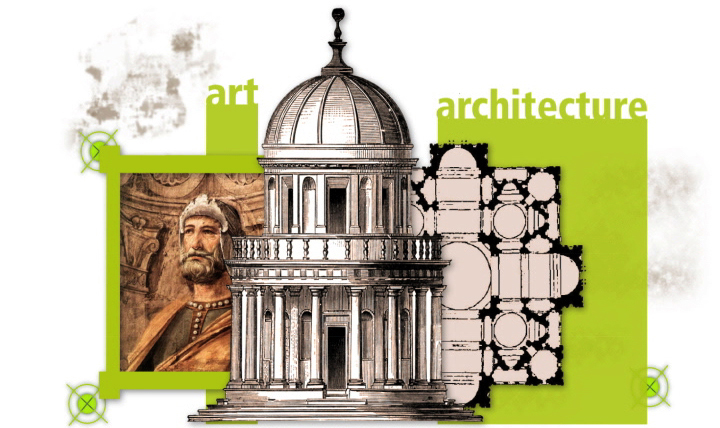

DONATO BRAMANTE
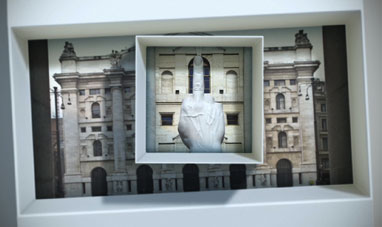

MAURIZIO CATTELAN
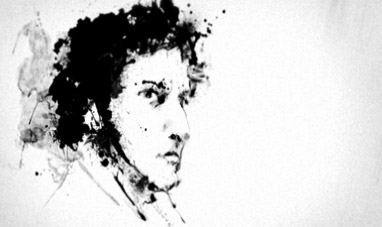

FRÉDÉRIC CHOPIN
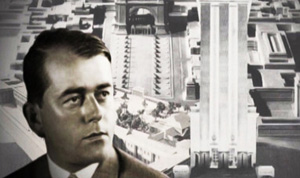

ALBERT SPEER
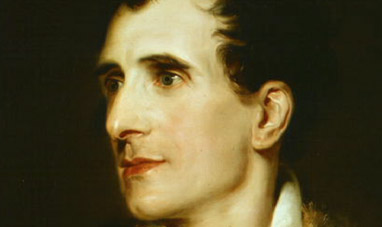

ANTONIO CANOVA


MIES VAN DER ROHE


QUENTIN TARANTINO


GÜNTER GRASS
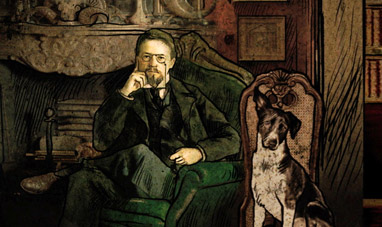

ANTON CHEKHOV
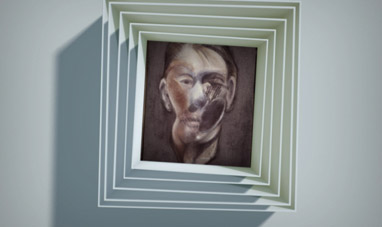

FRANCIS BACON
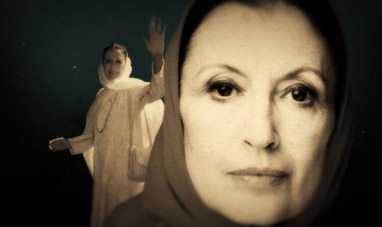

CARLA FRACCI
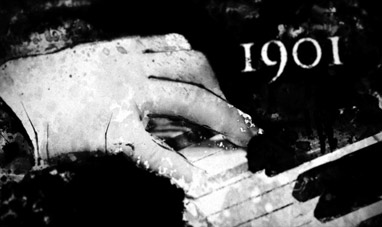

SERGEI RACHMANINOFF
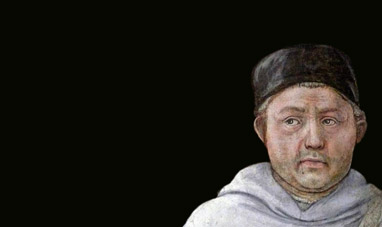

FILIPPO LIPPI
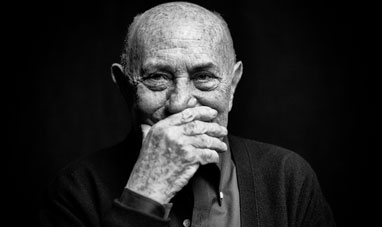

ARNALDO POMODORO
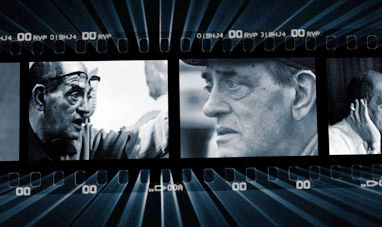

LUIS BUÑUEL


FRANCIS SCOTT FITZGERALD
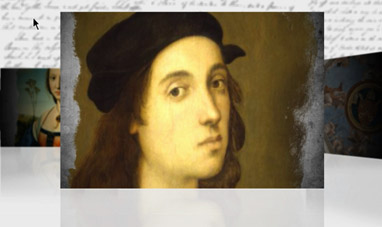

RAPHAEL


JEAN AUGUSTE DOMINIQUE INGRES


GIUSEPPE PENONE
